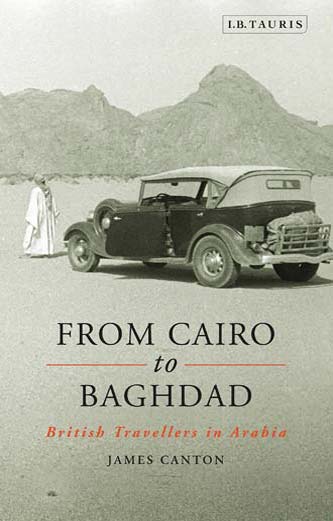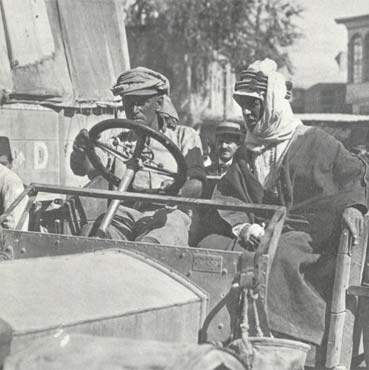“From Cairo to Baghdad … is a lucid, well-argued and informative book that is a pleasure to read.”
— TIMES LITERARY SUPPLEMENT
Until the 1880s, British travellers to Arabia were for the most part wealthy dilettantes who could fund their travels from private means. With the advent of an Imperial presence in the region, as the British seized power in Egypt, the very nature of travel to the Middle East changed. Suddenly, ordinary men and women found themselves visiting the region as British influence increased. Missionaries, soldiers and spies as well as tourists and explorers started to visit the area, creating an ever bigger supply of writers, and market for their books. In a similar fashion, as the Empire receded in the wake of World War II, so did the whole tradition of Middle East travel writing.
In this elegantly crafted book, James Canton examines over one hundred primary sources, from forgotten gems to the classics of T E Lawrence, Thesiger and Philby. He analyses the relationship between Empire and author, showing how the one influenced the other, leading to a vast array of texts that might never have been produced had it not been for the ambitions of Imperial Britain. This work makes for essential reading for all of those interested in the literature of Empire, travel writing and the Middle East.

“Missionaries, pilgrims, adventurers, explorers, proconsuls, intrepid ladies, and eccentrics all feature … with scholarly commentary and analysis, plus interviews with travellers Jonathan Raban William Dalrymple, Colin Thubron and Tim Mackintosh-Smith”
— ROBERT CARVER, The Tablet, Book of the Year, 2011
“Well written and well organised …with close readings of text which, for most of them, have long been forgotten, even if, at the time they were published, they proved very popular. The articulation he proposes between literature and politics, between travelling, travel writing and empire, is very cogent, all the more so since he remains attentive to the complexities and ambivalences of these relations and does take into consideration the gender factor.”
— CERCLES

While the more enduring romanticised image of Lawrence of Arabia is of him upon a camel, the truth is that for much of the time he took to four wheels rather than four legs for his escapades through the desert. This photograph of Lawrence shows him dressed in his Arab garb and arriving at Damascus in October 1918 sat in one of the steel chariots, or ‘Tin Lizzies’, that offered a new form of war chariot.
T.E. Lawrence: T. E. Lawrence arrives at Damascus in a Tin Lizzie (October 1918). Detail from Stephen E. Tabachnick and Christopher Matheson Images of Lawrence (London: Cape, 1988)

